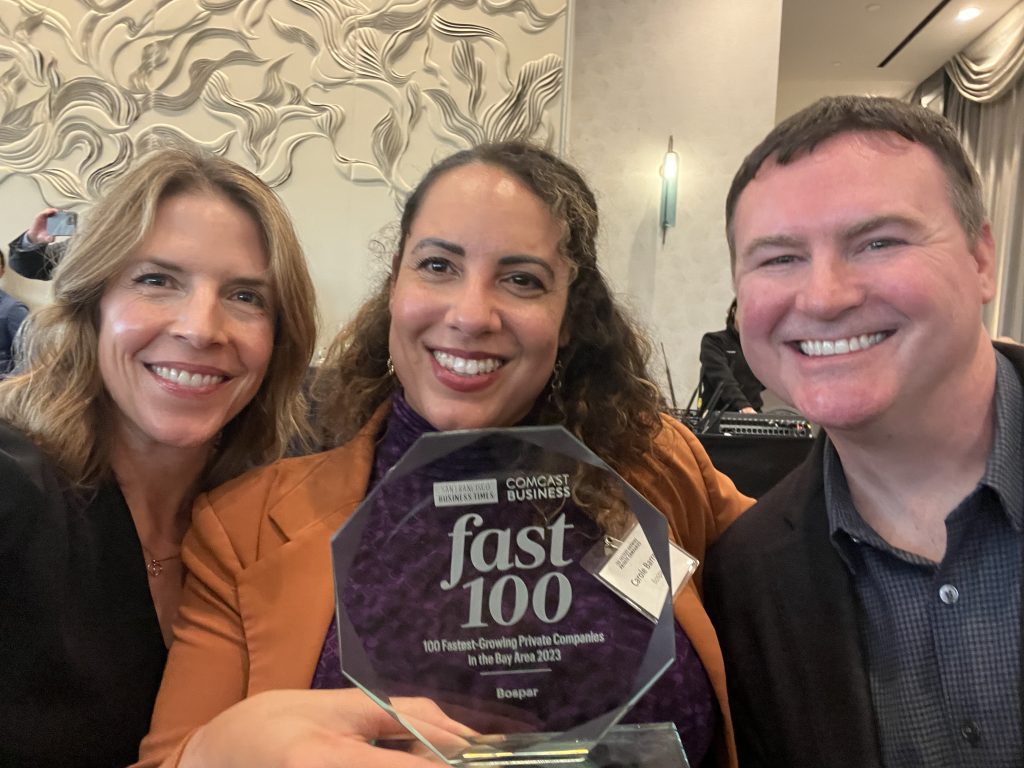
Polycom: Making a Splash to Catch a Wave and Capture a Leadership Position
Zoom is at the center of the universe today. But before it – and the global pandemic – arrived on the scene, people actually went into offices and attended meetings in conference rooms. When colleagues and customers needed to connect from afar, they would use in-room conferencing systems. Polycom was one of the best-known suppliers of these systems. The Polycom starfish-shaped conference telephone had 90% market share in the late 1990s.
Challenge
Strategy
Results



